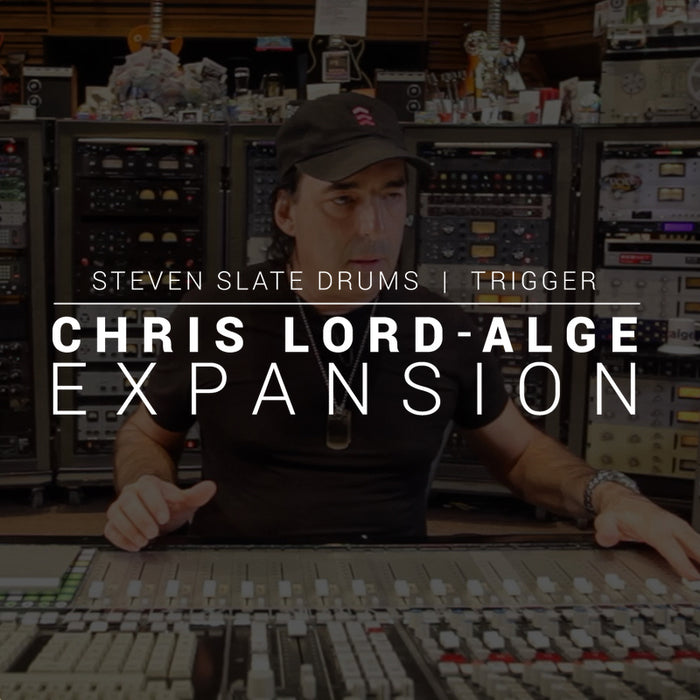

The amount of flexibility is staggering, and you have access to numerous high-quality effects including compression, saturation, equalization and more, as well as the ability to blend the different microphone signals that were used when the samples were recorded. Not only can it create trigger points, one can also select and manipulate individual drum sounds. XLN Audio Addictive Trigger 2 is more of an all-in-one solution. This ensures a dynamic, humanistic-sounding performance. Note how the velocities of individual hits are embedded into the MIDI. Before we get into mistakes to avoid, allow me to walk through my process: While it’s always nice to come across a record that has drums that were engineered in such a way that no layering is needed, even the best recordings can benefit from the added punch, depth and character that can be achieved with drum augmentation. I do drum layering and/or replacement on a good percentage of the records I work on. Although Nichols passed away in 2011, his legacy of engineering excellence lives on in the records he was a part of and in his innovations. It can’t be overstated how Nichols’ invention changed the process of music production, allowing levels of fidelity and creativity in drum and percussion tracks that had never been achieved before. Wendel allowed the user to alter the pitch of the samples and even to use two separate snare samples to simulate how a human drummer plays with two hands.Īfter use on Steely Dan’s “Hey Nineteen,” Wendel and its successors “Wendel II” and “Wendel Jr.” saw extensive use by music producers and was utilized on records by some of the biggest musical acts of the 1980s including Pink Floyd, Stevie Wonder, Diana Ross, Miles Davis, Neil Young, Huey Lewis and many, many more. These samples, which were stored on cartridges and then loaded into Wendel, could be triggered via audio signals from tape machines, a feed from a console, a drum machine or other means. The process of layering (otherwise referred to as augmenting) and even replacing drums entirely can be credited to legendary engineer Roger Nichols, who first used the technique in 1979 when working on the Steely Dan album “Gaucho.” Nichols had been experimenting with the idea of sampling drum hits for layering and replacement for several years at that point - he had initially purchased a COMPAL-80 computer in 1976, and by 1978 he called his sampling drum machine “Wendel.” Nichols recorded individual drum hits (which included kick, snare, toms and other percussion sounds) using a 3M digital mastering system, sampled at 50 kHz with a depth of 16-bits.


 0 kommentar(er)
0 kommentar(er)
